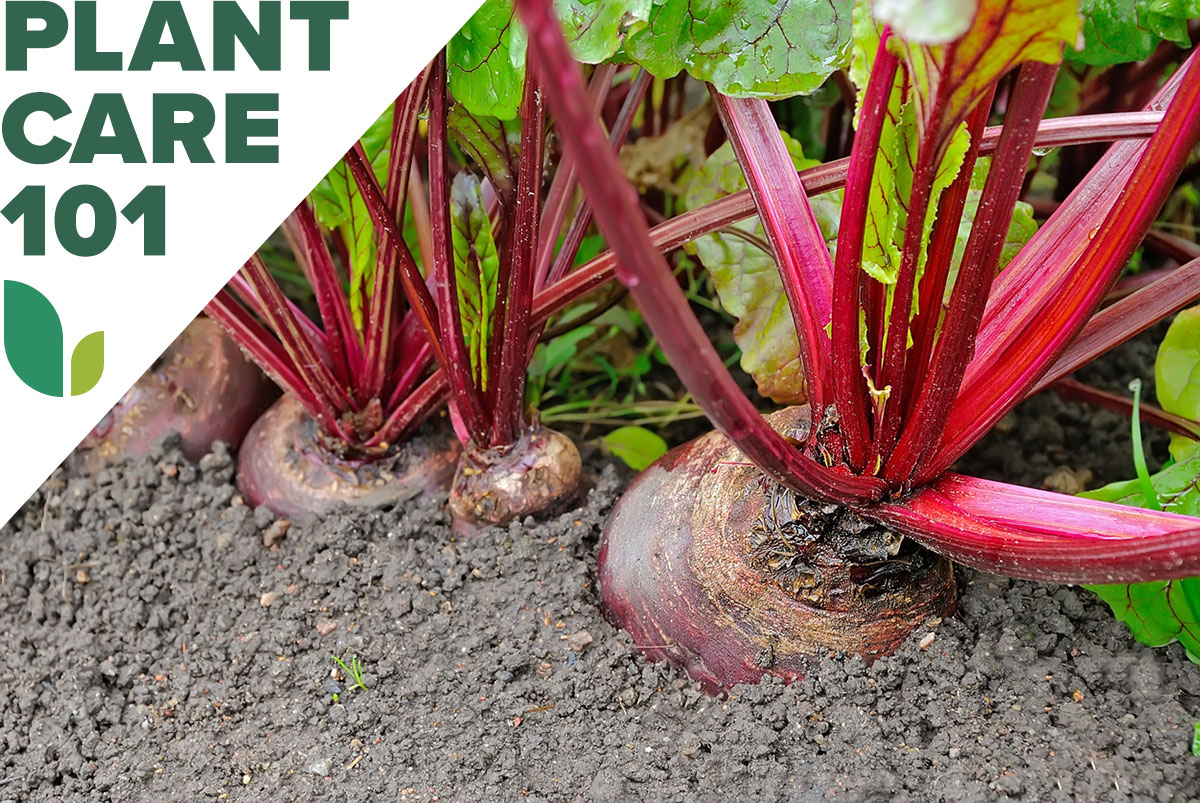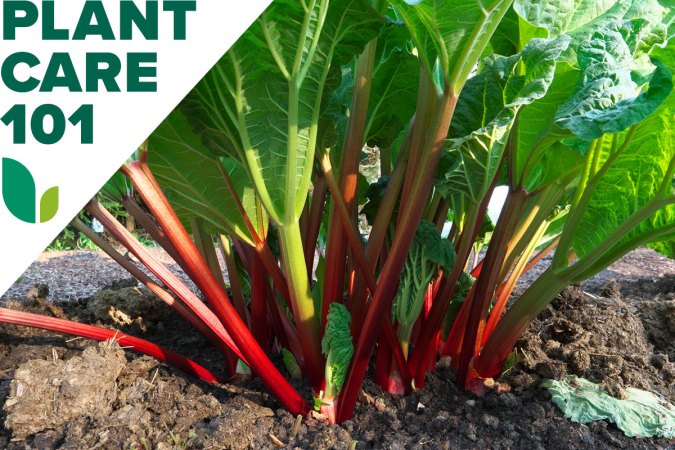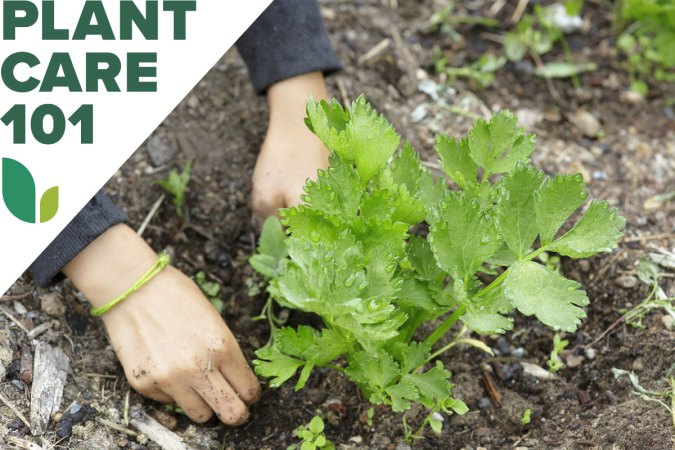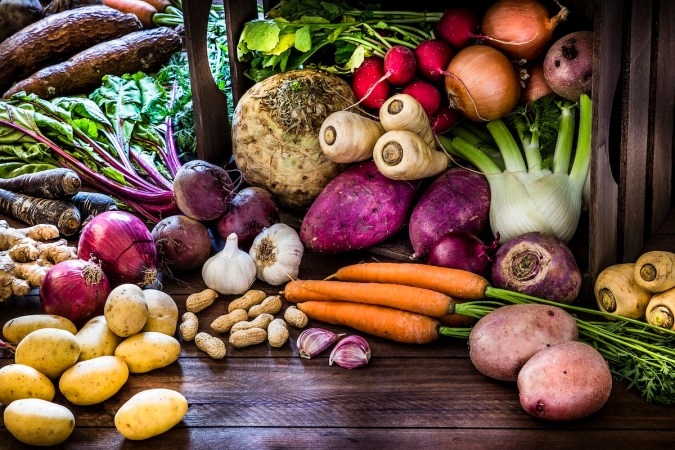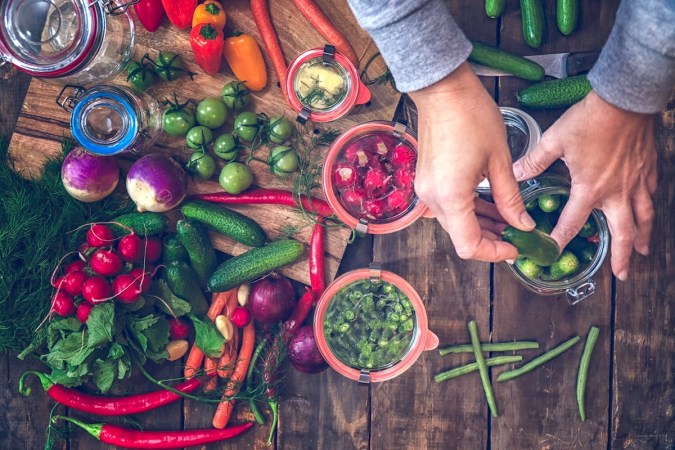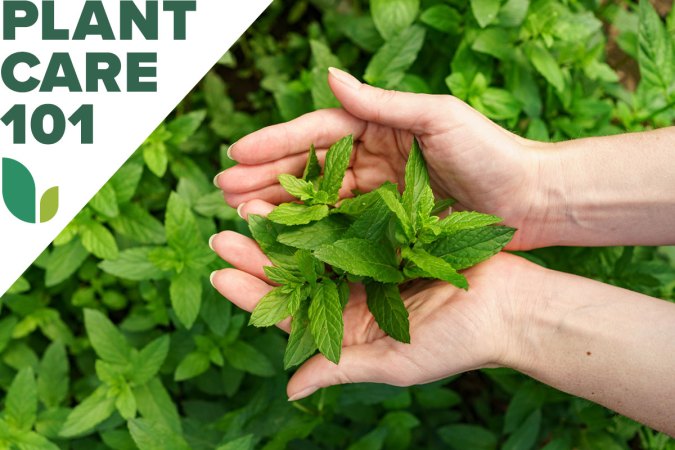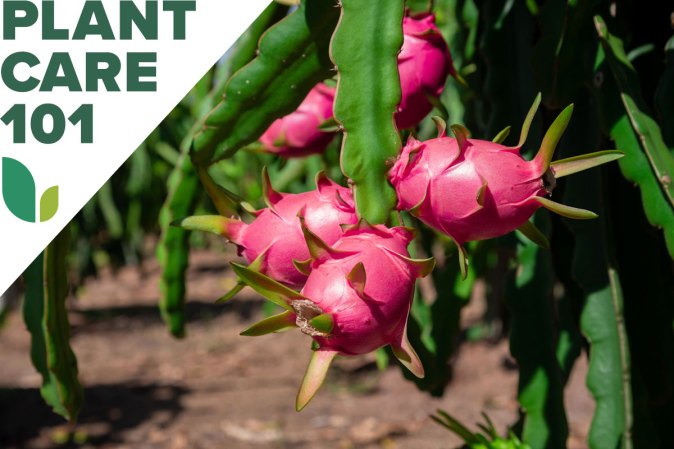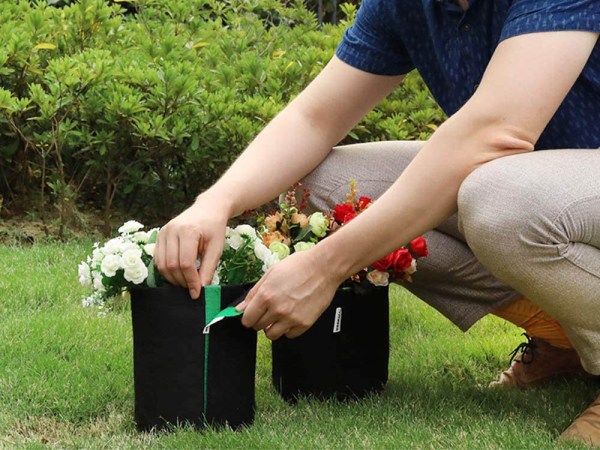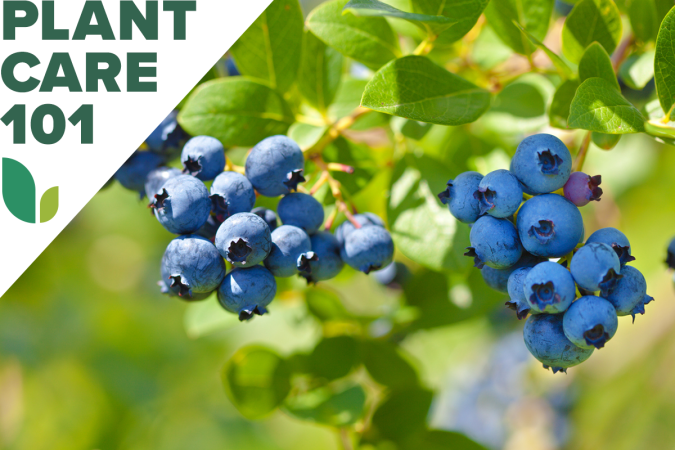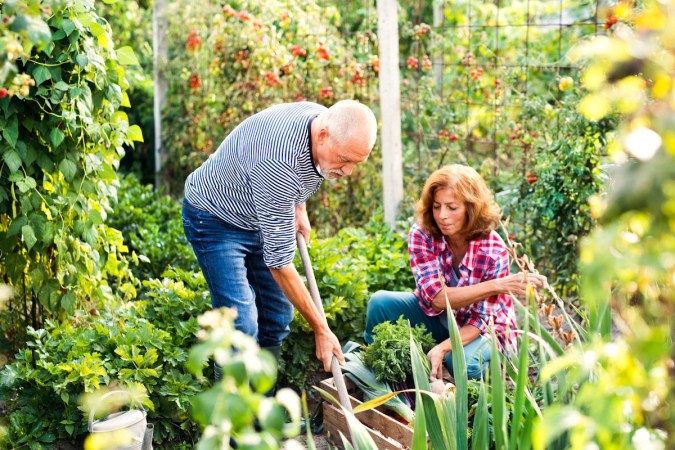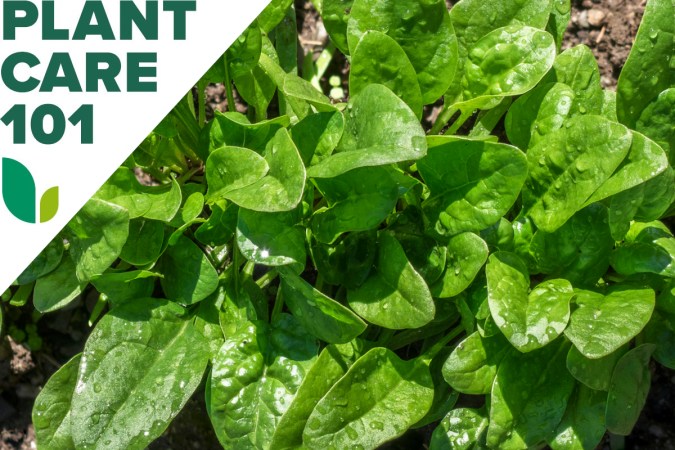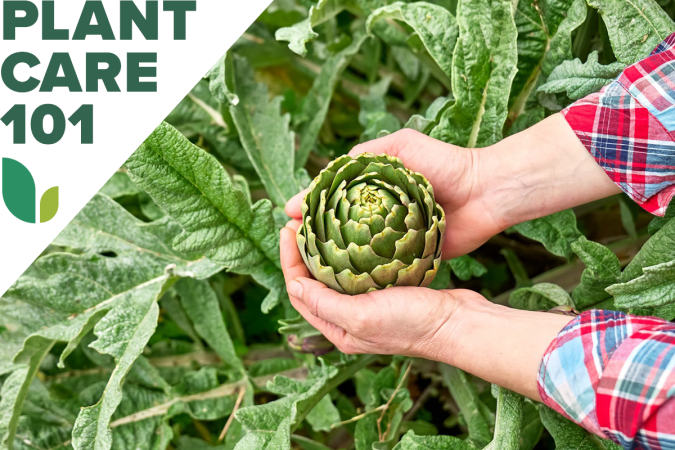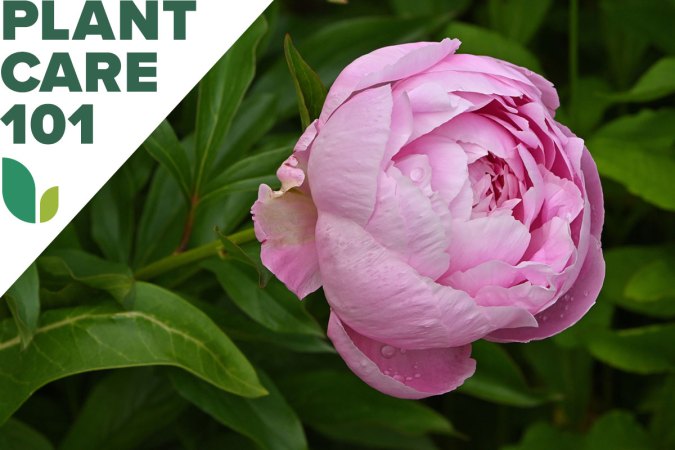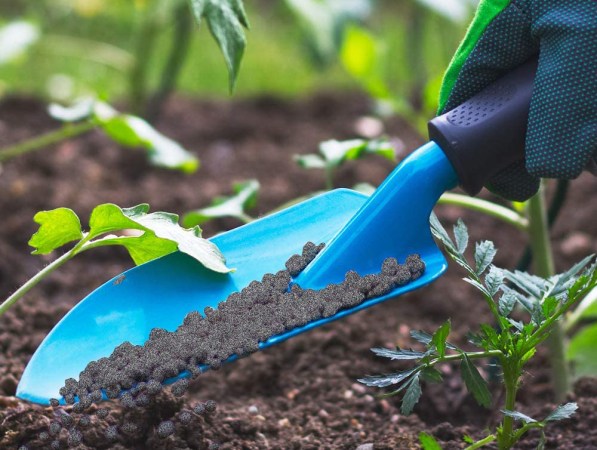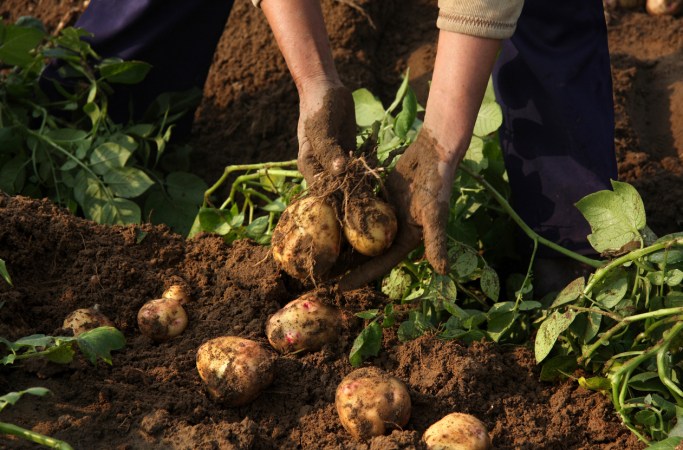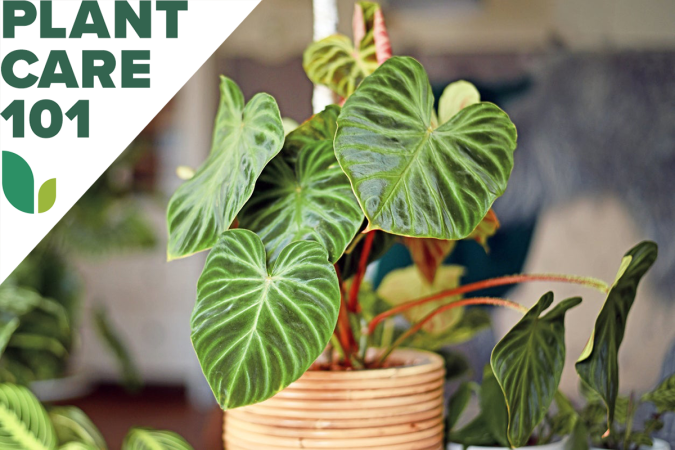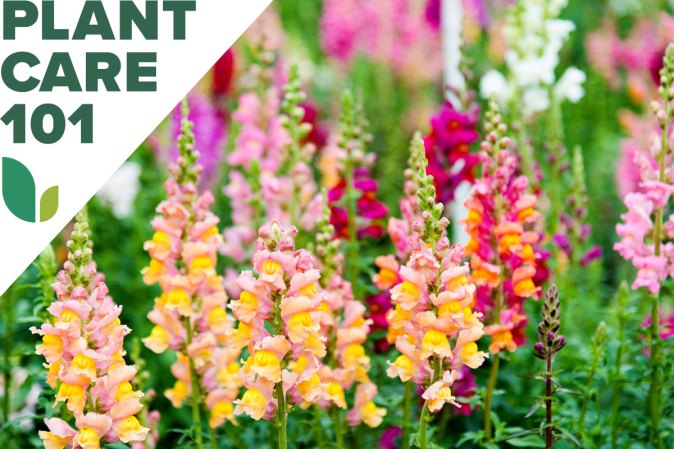We may earn revenue from the products available on this page and participate in affiliate programs. Learn More ›
As Michigan State University notes, “Beets are not one of the more popular vegetables.” At least they didn’t use to be. But now that scientists have discovered that those spherical root vegetables reduce cancer risk and lower blood pressure and cholesterol, among other health benefits, everybody is going to want to know how to grow beets.
Fortunately, beetroot cultivation is easy, and the fast-growing vegetable often matures within 2 months. This article will concentrate on the garden type of this superfood rather than the livestock fodder or sugar types.
Growing Beets at a Glance
Common Name: Beet
Scientific Name: Beta vulgaris subsp. vulgaris
Hardiness Zone: 5-10, grown as annual
Soil: Fertile, well-drained
Light: Full sun to partial shade
Water: Medium
Food: Organic low-nitrogen fertilizer
Propagation: Seed
Safety: Edible but contains oxalates
Beet Characteristics
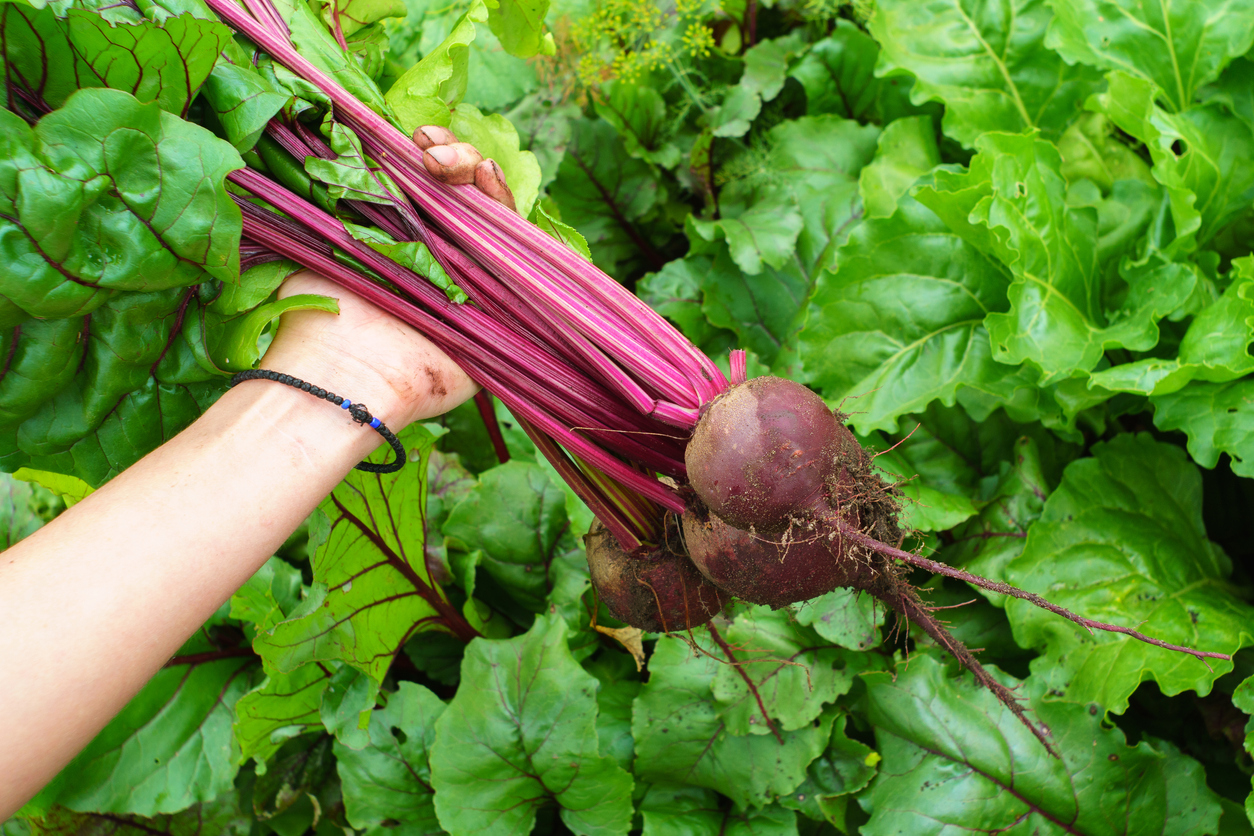
The beet plant actually is a biennial (2-year plant) where it is hardy, namely in USDA Zones 5 to 10, producing stalks of red-tinged fleshy green flowers in its second year. But it usually has been harvested long before that for either its greens or its roots, both of which are edible.
Garden beets typically grow 12 to 18 inches tall, with each beet top composed of a rosette of oblong green leaves often decorated with red stems and ribs. The roots vary in size, shape, and color, but most are spherical and red or orange, while those intended for sugar production are a more oblong white.
However, growing sugar beets, which weigh 2 to 4 pounds at maturity, can take 6 months or so. Therefore, most gardeners will want to stick to garden beets, which make good companion plants for members of the cabbage and onion families.
Recommended Beet Varieties
- Chioggia: This red Italian heirloom cultivar, when cut, reveals unusual alternating pink and white rings inside.
- Crosby’s Egyptian: Despite its name, this classic beet red variety actually is a German heirloom from the 1860s.
- Golden: Also known as ‘Burpee’s Golden,’ this “bloodless” 1960s cultivar offers gold globes with a yellow center and a milder flavor than red beets.
Planting Beets
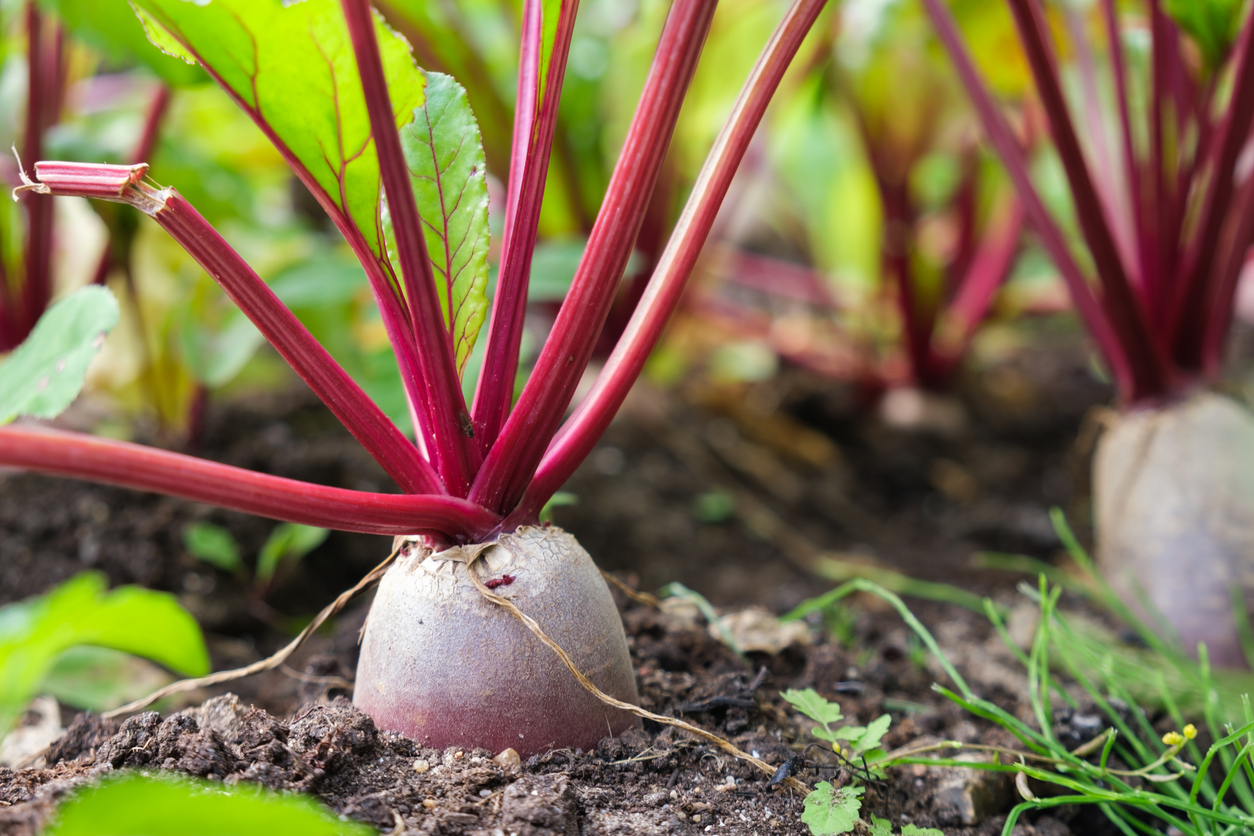
When growing beets from seed, keep in mind that, unless labeled “monogerm,” those “seeds” usually are beet fruits, each of which contains 2 to 6 seeds.
When is the best time to plant beets?
Plant beets outdoors about 1 month before the usual date of the last spring frost, when the soil temperature is at least 40 degrees Fahrenheit, preferably 50 degrees Fahrenheit. Alternatively, sow them in late summer for a fall harvest, keeping in mind that temperatures above 80 degrees Fahrenheit may hinder germination.
Where can beets grow?
When planting beets, choose a location that receives full or partial sun. The best soil for them is fertile, well-drained, and stone-free with a pH between 6.5 and 7. To provide better drainage, lighten heavy types of soil with compost or plant beet seeds atop a 4 to 6-inch high ridge of loam or in a raised bed.
How do you plant beets?
To speed up germination, pour warm water over the seeds and soak them for 24 hours before planting them.
- Sow the seeds ½ inch deep and 1 inch apart.
- Keep their soil damp until they germinate, which can take 5 days to 3 weeks.
- When the seedlings reach 4 to 5 inches in height, thin them to stand 3 to 6 inches apart by snipping off the extra plants at ground level.
Can you grow beets in containers?
Yes. When growing beets in containers, make sure that those containers are at least 12 inches deep. In his article series The Essentials of Container Gardening, Charlie Nardozzi suggests six plants per 12-inch diameter pot, but notes that you can get away with more plants if you are raising them for their greens rather than their roots.
Watering Beets
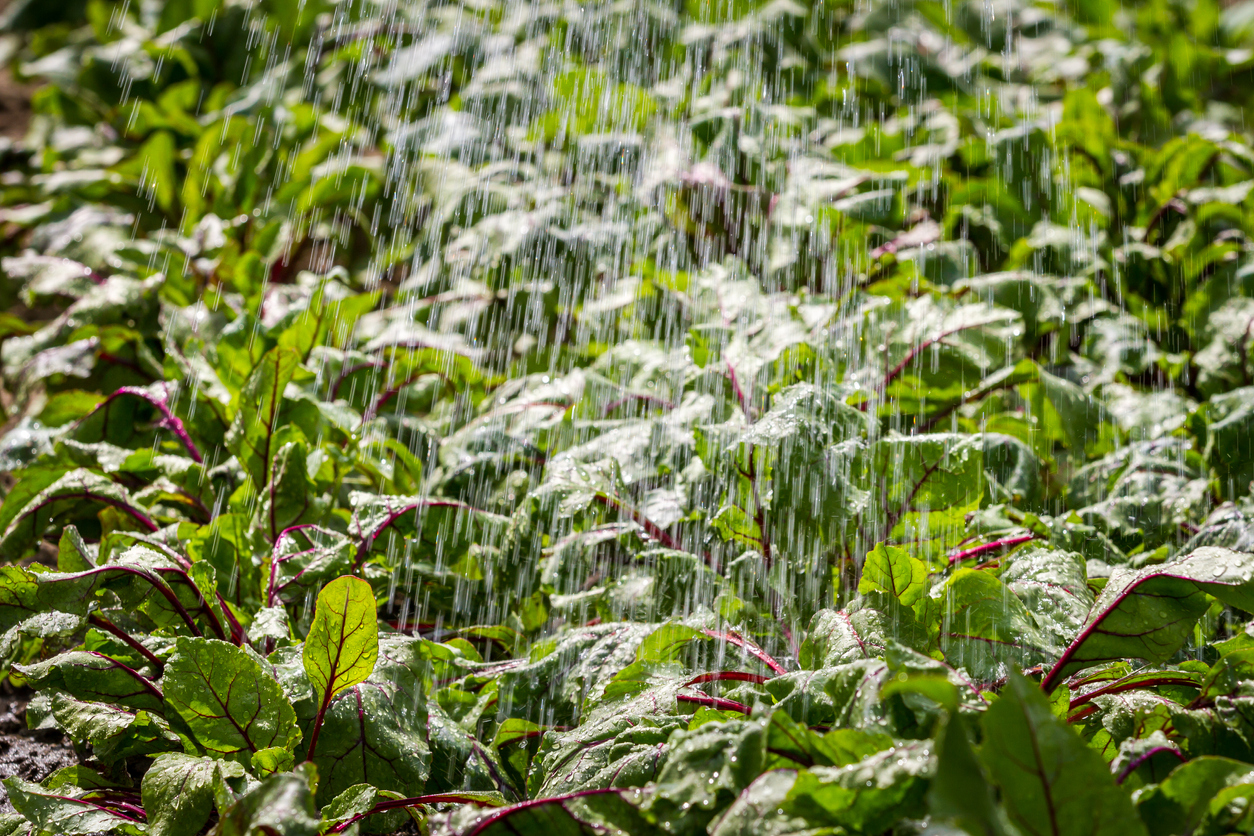
As with most vegetables, beets will require at least 1 inch of water per week to thrive. Among the most common tips for growing beets is to keep their soil damp when the seeds are germinating by placing a board over the row, removing it once the seedlings begin to sprout.
Continue to keep your beets’ soil evenly moist to prevent toughness in the growing globes. Apply straw mulch to help preserve that moisture, suppress weeds, and reduce crusting of the soil, which also can cause the beets to toughen.
Fertilizing Beet Plants
When growing beets, apply an organic low-nitrogen fertilizer, such as 5-10-5, to the soil before sowing the seeds. Do this at a rate of 1½ pounds per 100 square feet, raking it into the soil. Unless you are raising beets solely for their greens, avoid high-nitrogen fertilizers that will produce luxuriant top growth at the expense of root growth, or you may get plenty of leaves but only very small beets.
Once the beets have reached thinning height, apply another 2 tablespoons of fertilizer per 10 feet of row atop the soil near the roots of the remaining plants.
Safety Considerations
Although both the globes and greens of beets are edible and nutritious, they do contain oxalates like several other fruits and vegetables, such as rhubarb and spinach. Lacey Eadon of Colorado State University notes, “Those who experience frequent oxalate kidney stones or have certain genetic and digestive disorders may want to speak with a physician and registered dietitian for guidance on treatment, which may include appropriately monitoring oxalate consumption.” People suffering from gout often are advised to avoid oxalates as well.
Potential Pests and Diseases
Beets occasionally suffer from leaf miners, the larvae of flies that lay their white eggs on the undersides of the leaves. The larvae will create what look like meandering white paths across the surface of the foliage.
You can help prevent their appearance by not planting beets where either spinach or chard has grown recently. Topping the beet plants with row cover shortly after they sprout may also prevent the flies from laying their eggs on them.
Harvesting Beets
Save the greens you snip off while thinning your beets to use as your first harvest from them.
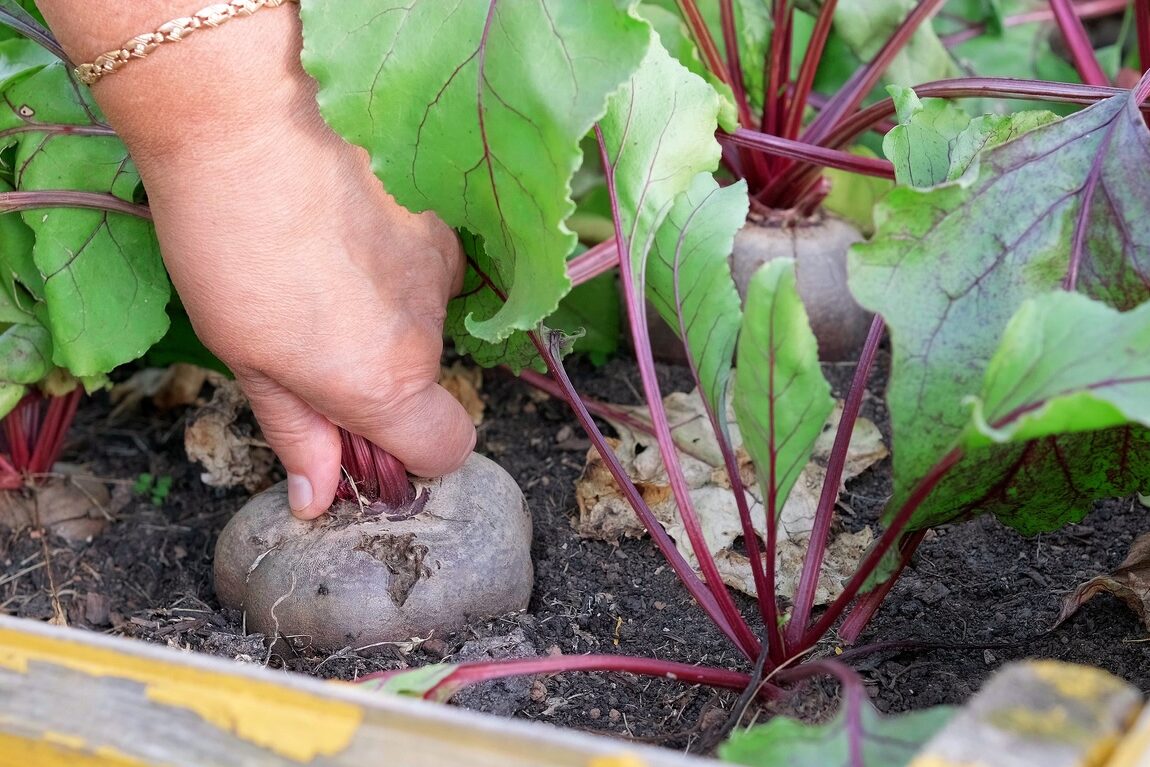
When is the best time to harvest beets?
Beets’ growing season typically takes 2 months, after which the globes can be harvested when they reach golf-ball size, or whatever size is specified for the cultivar. Once they surpass 3 inches in diameter, they are more likely to become woody and tough rather than sweet and tender.
How do you harvest beets?
You may want to loosen the ground around your beets with a garden fork first to make them easier to pull.
- When harvesting beets, grasp the leaf stems close to the globes and pull upward to dislodge those globes from the soil.
- Immediately remove the beet greens by snipping them off 1 inch above the globe.
- Shake off any loose soil but leave the beets unwashed with their tap roots and 1-inch stems still attached if you plan to store them for a long time
How do you store beets?
Store the beet greens in a plastic bag inside the refrigerator for up to 2 days. The unwashed beetroots should keep for up to 3 weeks, if also refrigerated inside a perforated plastic bag and only washed just before using them. Alternatively, store the beets in crates in a chilly root cellar at temperatures below 45 degrees Fahrenheit.
Looking for more root vegetables? Check out our guides on growing carrots, potatoes, and sweet potatoes.

